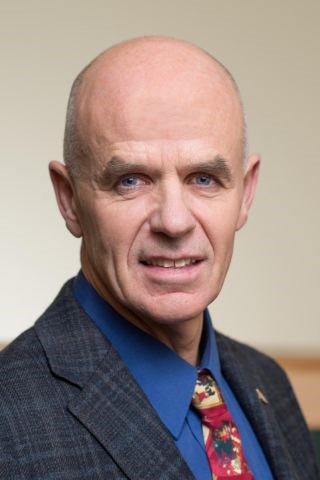Plenty of work will need to be done to prevent Quesnel from becoming a wildfire victim in the future, according to the community's mayor.
Citing a recent B.C. wildfire management branch report, mayor Bob Simpson said at least 15,000 hectares of surrounding forest will need to be treated.
The city of 9,500 people 116 kilometres south of Prince George came close to being evacuated during this summer's series of massive forest fires.
The incidents have renewed a push for more government funding to clear out potential fuel in areas where the blazes could threaten homes and businesses.
The last round occurred in the wake of the 2004 Filmon Report into the devastating Okanagan forest fires the year before.
From 2005 to 2011, the City of Prince George leveraged $1 million of its own money with another $6.5 million from other sources, including the province, to treat about 500 hectares of timber to reduce the risk.
But in the decade since Quesnel's 2007 wildfire protection plan came into play, just 25 hectares of the wildland urban interface (WUI) has been treated to reduce forest fuels, according to Simpson.
To that end, he said the city is in the process of renewing its plan.
"This plan will give us an accurate assessment of the risk areas around the community that need immediate and short-term fuel treatments, and it is council's intent to get these treatments completed as soon as possible in the new year," Simpson said in a statement issued Wednesday.
He said the city has has also asked the provincial government for a community forest license over the forests immediately surrounding the city and its adjacent neighbourhoods in the Cariboo Regional District.
"Part of the reason very few fuel treatments were conducted in the WUI between 2007 and 2017 is that the Crown forest in this area requires more ecologically- and socially-sensitive harvesting; an expensive undertaking that needs more public engagement and buy-in," Simpson said.
"Council believes that a community forest license is the right tool to enable us to fully engage the public in managing the forest surrounding our community while taking the necessary steps to mitigate the forest fire risks that exist in the WUI."
In a May 2015 report, the Forest Practices Board was highly critical of the slow progress made in B.C. since the Filmon Report was released.
While the provincial government's strategy for protecting communities from wildfires has worked for many larger communities such as Prince George, the FPB found it has not been ideal for smaller ones.
Both the City of Prince George and the Fraser-Fort George Regional District have also applied for funding to pay for similar types of work.



.png;w=120;h=80;mode=crop)